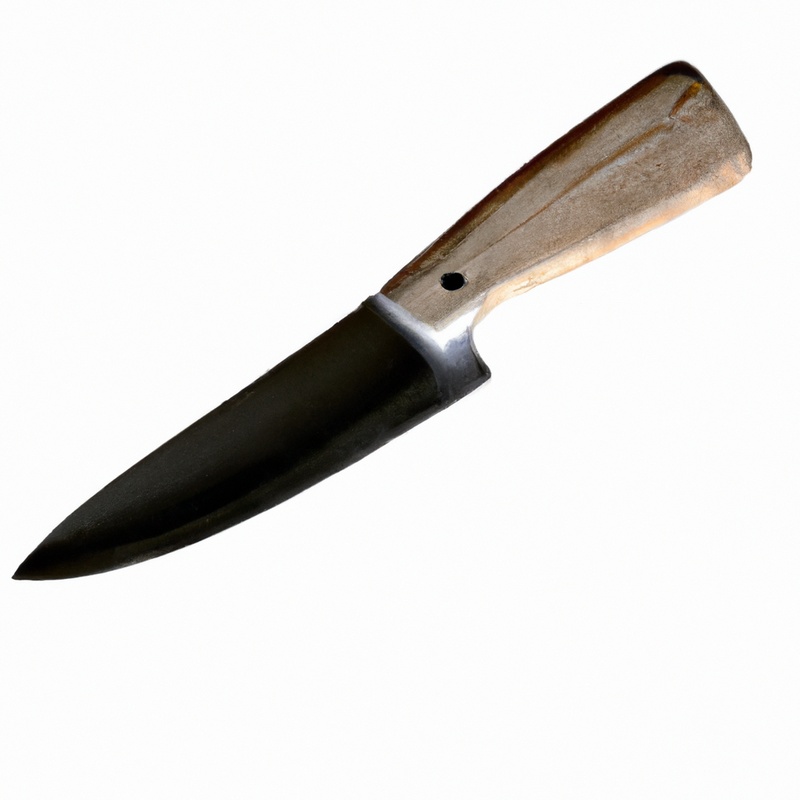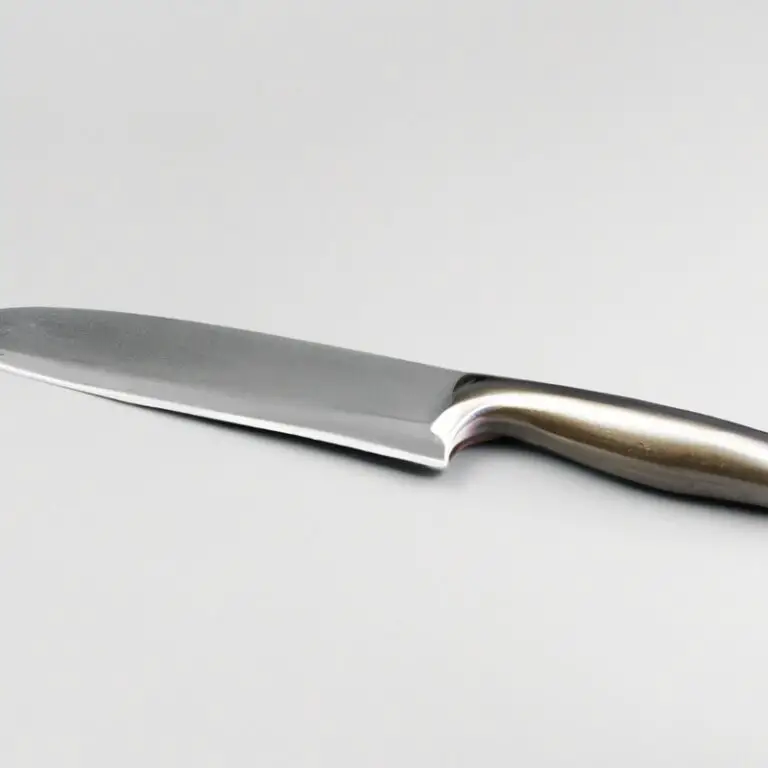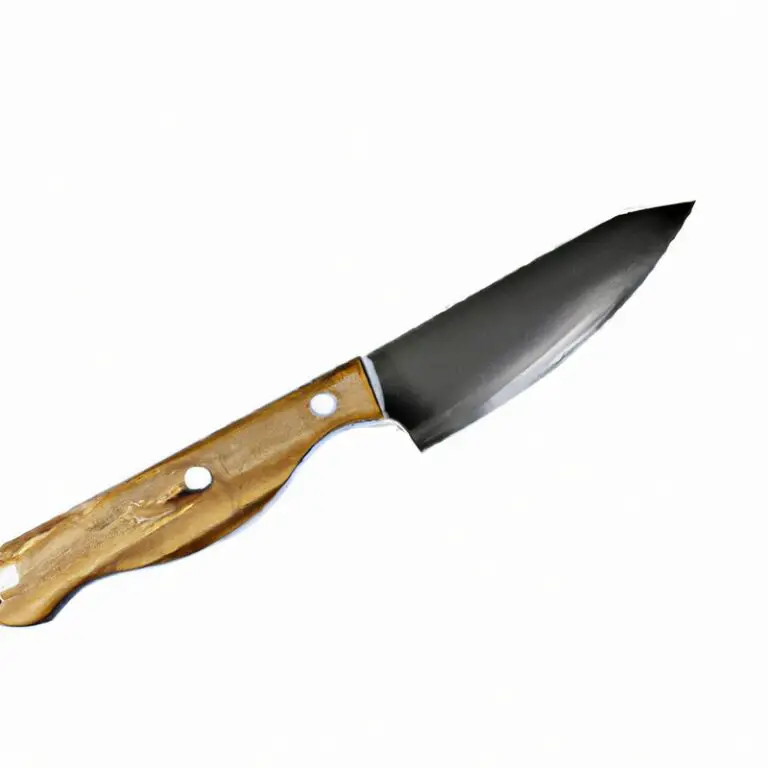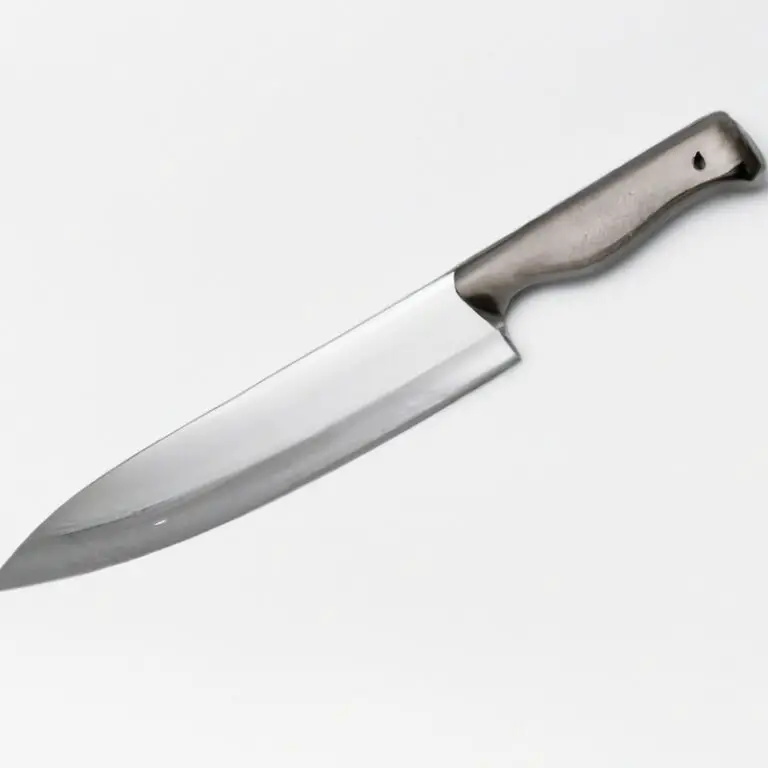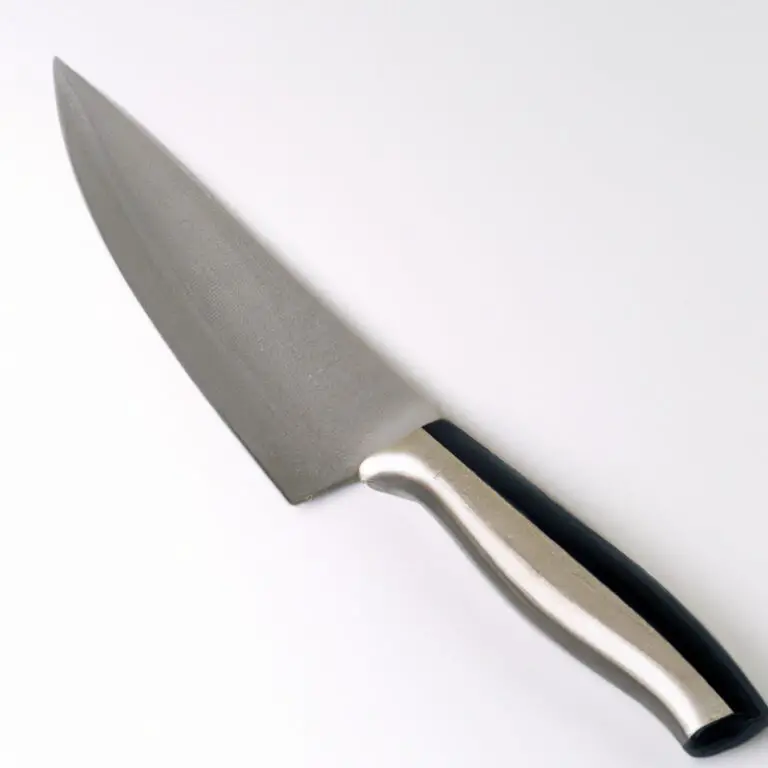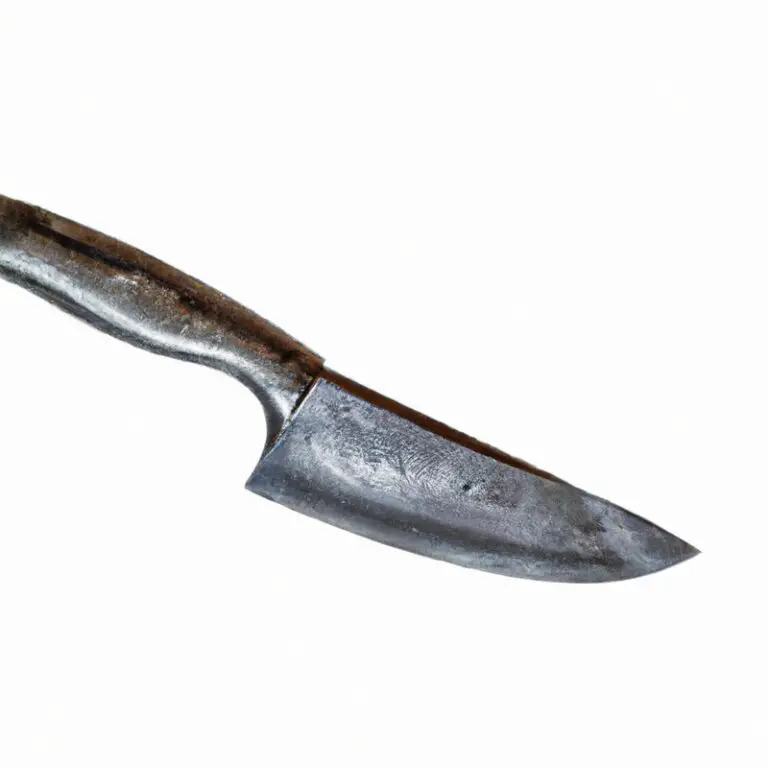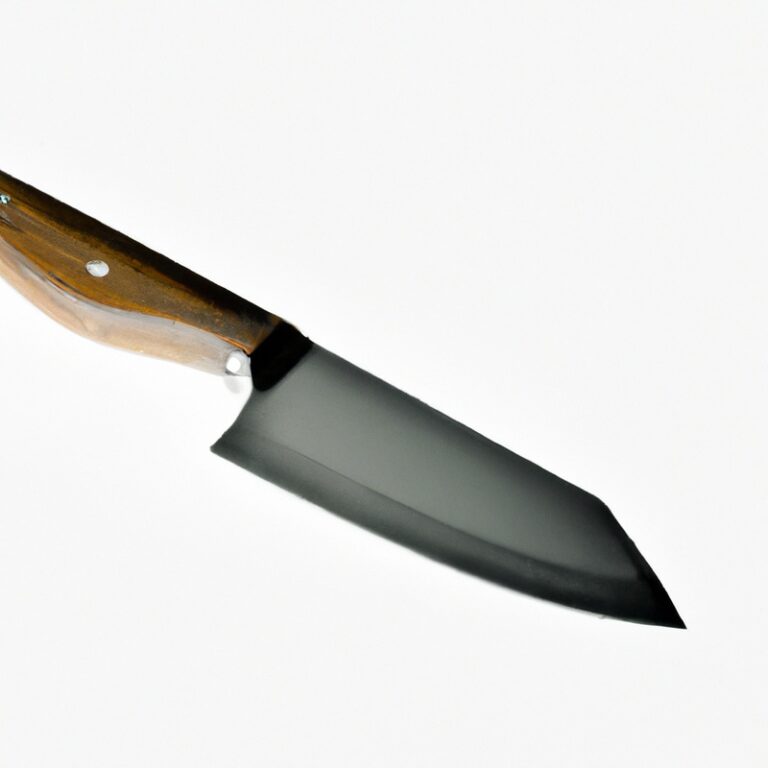What Are The Different Types Of Fish That Can Be Filleted? Discover Now!
Key Takeaways:
- Understanding the different types of fish can help you choose the right method for filleting.
- Some common types of fish for filleting include salmon, tilapia, trout, and bass.
- Proper technique and tools are essential for achieving a clean fillet and maximizing meat yield.
- Consider professional training or guidance to improve your filleting skills and avoid wasting precious resources.
Are you a seafood enthusiast looking to try your hand at filleting fish? It’s essential to know which types of fish are suitable for filleting and the specific techniques needed for each.
From whitefish to oily fish, there are several options to choose from, depending on your taste.
But before you get started, there are preparations to make, including selecting the right fish, handling and cutting techniques, and proper storage. As someone who loves to experiment with filleting fish recipes, I will guide you through the process and help you understand the different types of fish that can be filleted like a pro.
| Type of Fish | Description | Filleting Difficulty |
|---|---|---|
| Salmon | A popular fish with pink flesh and a rich flavor. Often used for sashimi and sushi. | Intermediate |
| Bass | A white-meat fish with a mild flavor. Popular for both freshwater and saltwater fishing. | Easy |
| Tilapia | A white-meat fish with a very mild flavor. Often raised on fish farms due to its quick growth rate. | Easy |
| Trout | A freshwater fish with pink flesh. Typically not as oily as salmon, with a milder flavor. | Intermediate |
| Haddock | A whitish-pink fish that is related to cod. Mild flavor, often used in fish and chips. | Intermediate |
| Flounder | A flatfish with a delicate white flesh and a mild flavor. Often used in Asian cuisine. | Difficult |
| Halibut | A large, meaty white-meat fish. Often used for grilling or broiling due to its firm texture. | Difficult |
Understanding fish filleting
Understanding fish filleting is the process of removing the skin, bones, and meat of a fish, leaving behind only the fillet. There are different techniques for filleting fish depending on the type and size of the fish.
It’s important to have a clean and sharp fillet knife and a cutting board with a non-slip surface.
When starting, make a cut behind the gills down to the spine. Follow the spine with the knife, cutting off the fillet from the bones.
Repeat the process on the other side of the fish.
It’s crucial to practice safe handling of the knife so as to avoid cuts or injuries. Once the fillets are ready, they must be stored properly to retain their freshness.
Understanding fish filleting is essential for creating delectable seafood dishes.
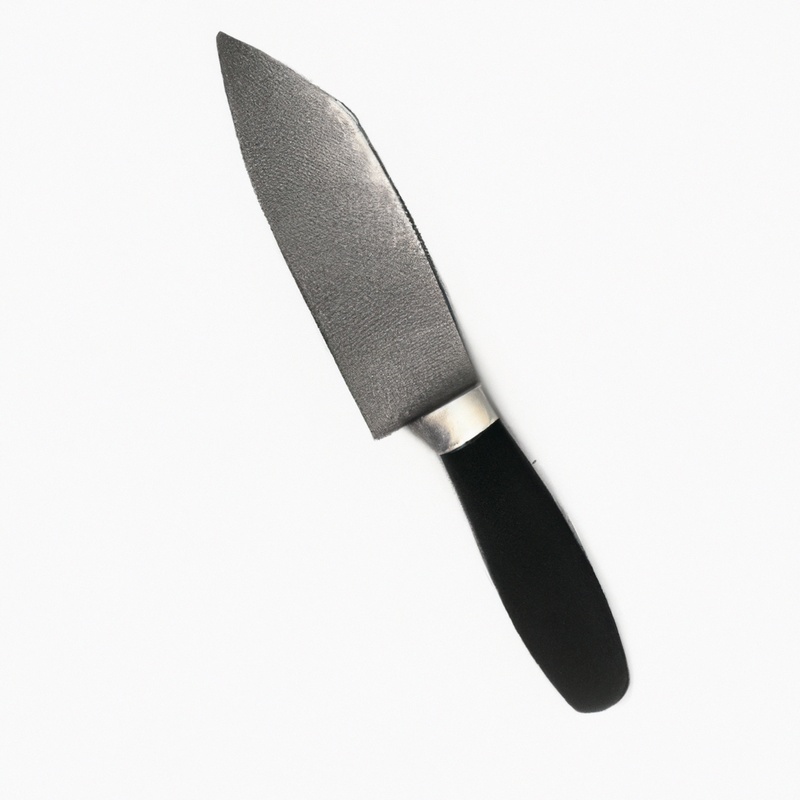
Selecting the right fish for filleting
When it comes to selecting the right fish for filleting, there are a few essential things to keep in mind. Look for fish with firm, white flesh that is free of discoloration and bruises.
It should also have a fresh ocean smell and clear eyes.
Some popular whitefish varieties that are great for filleting include tilapia, cod, halibut, and sole. For oily fish, such as salmon, mackerel, and tuna, filleting can be a bit trickier due to their higher oil content.
However, with the right technique and sharp knife, it can be done easily.
When filleting at home, it’s typically best to start with smaller fish, such as trout or panfish. This will allow you to practice your technique before moving up to larger, more challenging fish.
Additionally, consider purchasing fish that have been already gutted and scaled, as this will save you time and make the process easier.
Ultimately, choosing the right fish for filleting requires careful consideration. Always ensure that you’re purchasing high-quality, fresh fish, and take the time to learn the proper techniques for filleting various types of fish.
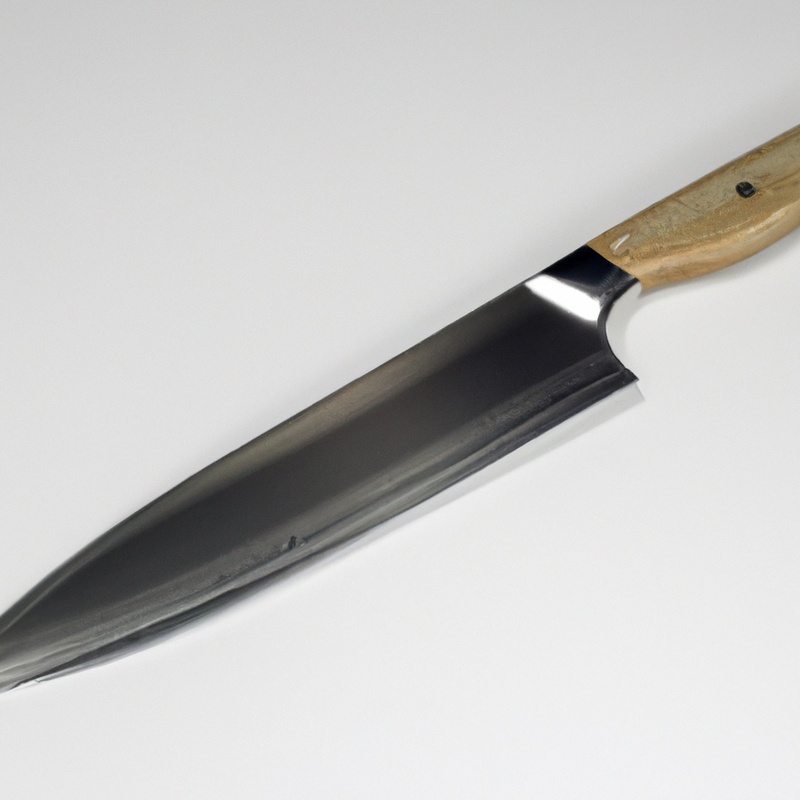
Whitefish varieties for filleting
Whitefish is a type of fish that is commonly used for filleting. There are different varieties of whitefish, including cod, haddock, and halibut, which are widely available in markets and grocery stores.
Cod, with its mild flavor, firm texture, and large size, is perfect for filleting.
Haddock, on the other hand, has a slightly sweet taste and delicate texture, making it a great option for those who prefer a milder flavor. Halibut, a giant whitefish species, is known for its meaty texture, making it suitable for grilling or broiling.
Other whitefish varieties, including pollock, sole, and trout, are also great candidates for filleting.
When it comes to selecting whitefish for filleting, it is important to opt for the freshest fish possible. This ensures that the fish is easier to fillet and yields more meat.
Moreover, fresher fish tastes better and is less prone to spoilage.
Whitefish is a versatile and healthy option for filleting. By choosing the right whitefish variety and ensuring its freshness, you can create delicious fillets that can be cooked in a variety of ways.
Filleting oily fish
Filleting oily fish requires a slightly different approach than filleting white fish because of their high oil content. It is essential to use a sharp knife to cut through the oily flesh easily.
Examples of oily fish include salmon, trout, mackerel, and sardines.
When filleting oily fish, start by cutting the head off and then making an incision behind the gills and pectoral fin. Then, work the knife down to the bone and cut towards the tail, separating the flesh from the bone.
Once you have removed the fillet, remove any remaining bones with tweezers or pliers.
It is crucial to note that oily fish spoil faster than white fish, so they should be refrigerated immediately after filleting if not being prepared for consumption. With a little practice, filleting oily fish becomes easy, and you can enjoy the delicious taste and health benefits of this category of fish with ease.
Popular fish for filleting at home
Some of the popular fish that are suitable for filleting at home include salmon, trout, catfish, tilapia, and bass. These varieties of fish provide ample meat for filleting and are readily available in most markets.
Additionally, these fish species are easy to handle and do not require specialized knowledge or equipment for filleting.
When choosing a fish for filleting, it is essential to ensure that it is fresh, has firm flesh, and is free from any unpleasant odors. Always handle fish with care, and follow proper food safety protocols to avoid any risks of contamination.
Preparing the fish for filleting
Before filleting a fish, it’s essential to prepare it correctly. The first step is to clean the fish by rinsing it in cold water.
Using a sharp knife, remove the scales by running the blade against the grain from tail to head.
Cut off the head, tail, and fins. Make a small incision at the base of the head and cut down to the belly, being careful not to puncture the organs.
Remove the entrails by gently scraping them out with a spoon or your fingers.
Rinse the cavity thoroughly with cold water. Next, remove the skin by placing the fish on a cutting board and making an incision just behind the head.
Hold the skin with one hand while using the other hand to slide the knife down the length of the fillet in a sawing motion.
Repeat on the other side. Finally, make sure the fish is dry before filleting to prevent slipping.
Pat the fish dry with a paper towel and lay it flat on the cutting board.
With a sharp filleting knife, gently guide the blade along the backbone to separate the fillet from the bones. Repeat on the other side.
Preparing the fish properly before filleting ensures a better finished product and reduces the risk of injury.
Always use a sharp knife and work on a stable surface to prevent slippage and cuts.
Techniques for Cutting Fish Fillets
Techniques for Cutting Fish Fillets: When it comes to cutting fish fillets, there are several techniques you can use depending on the type of fish and the desired outcome. Here are a few essential techniques to keep in mind:
- Scaling the fish: Before filleting a fish, it’s necessary to scale it first. Use a scaler or the back of the knife to remove the scales, starting at the tail and moving towards the head.
- Removing the head: Using a sharp knife, cut off the fish’s head just behind the gills.
- Removing the fillets: Starting from the head, make a deep cut along the backbone, then continue to cut along the spine towards the tail. Use a fillet knife to cut the flesh away from the bones, starting at the tail and working your way towards the head.
- Skin removal: To remove the skin from the fillet, place the fillet skin-side down on a cutting board. Use the knife to make a cut between the flesh and the skin, then holding the skin with one hand, gently move the knife along the length of the fillet.
Remember, practice makes perfect, so don’t be discouraged if your first attempt is not perfect. With time and practice, you’ll improve your filleting skills and achieve the desired fillet quality.
Filleting small vs. large fish
Filleting small and large fish requires different techniques and skill levels. Small fish, such as sardines or anchovies, can be filleted using a single cut due to their size and bone structure.
Large fish, such as salmon or swordfish, require multiple cuts to remove the bones and create uniform fillets.
When filleting large fish, it’s important to have a sharp knife and a sturdy cutting board to avoid accidents. It’s also essential to use caution when handling the bones, which can be sharp and dangerous.
For both small and large fish, starting with a freshly caught fish and practicing on a few less expensive options can help improve skills before tackling the more expensive catch.
Overall, filleting fish takes practice and patience, but with time, it can become a rewarding culinary skill.
Safety measures while filleting fish
Safety measures are crucial while filleting fish to prevent any injuries or accidents. Here are some important safety tips to follow while filleting fish:
- Use a sharp knife: A dull knife can slip and cause injuries. Keep your filleting knife sharp and use it with care.
- Wear protective gear: Wear cut-resistant gloves to protect your hands from accidental cuts. Additionally, wearing safety glasses can protect your eyes from fish scales or bones.
- Keep the work area clean: A clear workspace will help reduce the risk of accidents. Make sure you have enough space and a clean, flat surface to work on.
- Hold the fish securely: Be careful while holding the fish to avoid slipping, which may lead to an accident.
- Proper disposal: Once you are done with the fish, dispose of the waste properly. Place the fish remains in a bag and tie it before disposal.
Following these safety measures will help you have a safe and enjoyable fish filleting experience.
Storing fish fillets properly
Storing fish fillets properly is crucial to maintain their freshness and avoid any spoilage. The best way to store fish fillets is to place them in an airtight container or plastic bag and keep them in the refrigerator at a temperature below 40°F.
It’s essential to consume them within 1-2 days after storing them.
For longer storage, you can freeze the fish fillets by wrapping them in foil or freezer wrap. Make sure to label and date the package before storing it in the freezer.
Frozen fish fillets can last up to six months in the freezer.
Avoid re-freezing thawed fish fillets as it can affect their texture and taste. Properly storing fish fillets can help maintain their quality and freshness, ensuring that your meals are always delicious.
Final Verdict
Fish filleting is an art form that requires skill, patience, and knowledge. By understanding the various types of fish that can be filleted, selecting the right fish, and practicing proper techniques, you can create restaurant-quality fillets at home.
With this information, you can confidently select the perfect type of fish for your preferred filleting method.
Remember to always practice safety while filleting and store your fish fillets properly to maximize their freshness and flavor. By applying the tips and techniques provided in this article, you’ll be well on your way to becoming a master fish filletier.
Trust your instincts, follow the guidelines, and enjoy the delicious taste of fresh homemade fish fillets.

